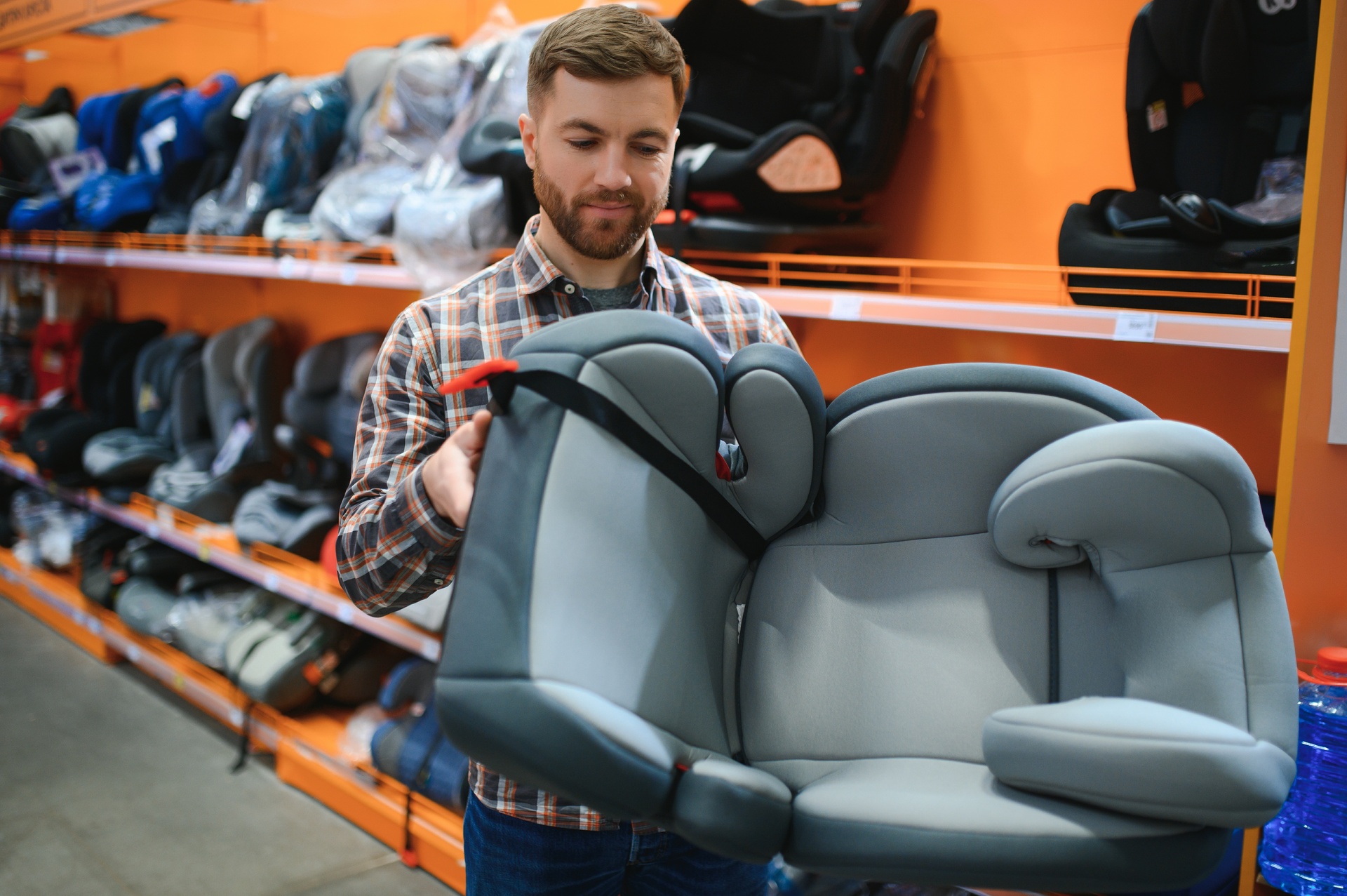As a parent, you might observe your child’s booster seat shifting each time they clamber into the car. This may lead you to question whether the hassle and expense of booster seats really enhance safety compared to traditional seat belts.
The truth? It’s complex. Research indicates varying results—from booster seats offering no significant safety improvement to being notably safer than seat belts. Surprisingly, it could be more beneficial if children transitioned directly from infant seats to seat belts, bypassing booster seats entirely.
Seatbelts, designed for adults over 1.5m tall, save lives but are not suitable for children under this height due to poor fit, leading to potential severe or fatal injuries. In children under 1.5m, the shoulder belt may sit too close to the neck, risking spinal and arterial damage, while the lap belt can press dangerously against the stomach, putting internal organs at risk. Booster seats raise children to a safer height, ensuring the lap belt rests over the stronger hip bones and the shoulder belt positions safely across the chest and ribcage, significantly reducing the risk of injury. In South Africa, it’s been mandatory since 2015 for children under 3 to use a car seat, but for those over 3, while it’s legal to travel with just a seatbelt, safety experts strongly recommend continued use of boosters until children reach 1.5m to ensure optimal protection, aligning with more stringent international standards.
Infant seats, particularly when rear-facing, are the safest option for very young children. This is evident in Scandinavian countries, where extended rear-facing is mandatory up to four years old—a practice contributing to Sweden’s impressively low child vehicular fatality rates.
Interestingly, the debate extends beyond children to all passengers. Theoretically, rear-facing seats could enhance safety for everyone, though practicality issues (like passenger discomfort facing backward) limit widespread adoption.
Let’s explore the data. A 2006 study titled “Effectiveness of Child Safety Seats vs. Seat Belts in Reducing Risk for Death in Children in Passenger Vehicle Crashes” found that children aged 2-6 had a 28% reduced risk of death when secured in child safety seats compared to using seat belts alone. However, when factoring in improper use, the benefit drops to 21%.
Despite this, not all studies clearly differentiate between booster seats and more secure five-point harness seats. This oversight complicates the data, as booster seats alone may not provide the same level of protection.
A 2009 study “Effectiveness of Belt Positioning Booster Seats: an Updated Assessment” suggests booster seats reduce the risk of injury by 45% compared to seat belts alone for children aged 4-8. However, there’s no significant difference between backless and high-back booster seats, which simplifies choices for parents.
Yet, the evidence is not definitive. Data limitations, including those from insurance claims and the potential for reporting biases, make it challenging to conclusively prove booster seats’ superiority over seat belts.
Economist Steven Levitt’s research argues there’s negligible difference in safety between car seats and seat belts for children over two, suggesting that seat belts alone might suffice, especially when considering the high rate of incorrect booster seat usage.
Recent studies, like those by Mark Anderson and Sina Sandholt (2017), found no significant difference in fatality risks among older children using booster seats, child safety seats, or seat belts alone. For younger children, they suggest seat belts might even be safer than booster seats, possibly due to frequent misuse of the latter.
The data raises a provocative question: Should we continue investing heavily in booster seats, or could we develop more adjustable seat belt systems that accommodate all sizes more effectively?
In conclusion, while booster seats are designed to improve seat belt fit for children, their actual safety benefit remains under debate due to widespread misuse and data inconsistencies. This ongoing discussion underscores the need for better-designed safety systems that cater to all passengers’ needs, potentially revolutionizing how we approach vehicular safety in the future.
Always ensure the seat belt crosses the hips and the shoulder strap lies across the collarbone. This positioning helps distribute crash forces more effectively across the body’s stronger structures, rather than sensitive areas like the neck or abdomen. Proper usage is crucial, regardless of the type of booster seat.
Booster seats are designed to elevate children to ensure that seat belts fit properly over the stronger parts of their body, like the chest and pelvis, thus reducing the risk of severe injuries in car accidents. Research such as the 2009 study by Kristy Arbogast et al. supports the effectiveness of booster seats, showing a 45% reduction in injury risk compared to seat belts alone for children aged 4-8 when used correctly. However, the real-world application is complicated by high rates of misuse and issues with data collection methods, such as reliance on insurance claims and self-reporting, which can introduce biases and affect the reliability of findings.
Legislative efforts and safety guidelines heavily promote the use of booster seats until children can safely use seat belts, yet studies like those by economist Steven Levitt and the 2017 research by Mark Anderson and Sina Sandholt suggest the benefits of booster seats may diminish as children grow older. This ongoing debate highlights the need for improved car design, such as adjustable built-in seat belts that accommodate all sizes, which could offer a more universal and straightforward solution to child vehicular safety, reducing reliance on booster seats and simplifying safety protocols.
5-Point Seat Belt Suitability Test
Children typically transition from booster seats to regular seat belts between the ages of 8 and 12. To ensure a proper fit without a booster, position your child in the car seat and check the following:
- Seat Base Fit: Ensure your child’s back is flat against the seat with their bottom fully back.
- Leg Position: Check if your child’s knees bend comfortably at the seat’s edge and their feet rest flat on the floor.
- Lap Belt Position: The lap belt should lie snugly across your child’s upper thighs, not the stomach.
- Shoulder Belt Placement: The shoulder belt should cross the middle of your child’s shoulder and chest, not near the neck.
- Sustained Seating: Confirm that your child can maintain this position comfortably for the entire duration of travel.
If your child does not meet any of these criteria, continue using a booster seat until they can safely and comfortably fit the seat belt. Transitioning to a seat belt too soon can lead to improper fit and increased risk of injury in an accident. A general guideline is that children around 1.5 meters tall can typically use standard vehicle seat belts safely.
Child Car Seat Regulations in South Africa
- Car seats must be certified and appropriate for the child’s age and size.
- Children under 3 years old are required to use a car seat.
- Children over 3 should use a car seat when available.
- If a car seat is not available, children over 3 must sit in the back using a seat belt.
Disclaimer: This content is intended for educational and informational purposes only. No warranty is made regarding the completeness, reliability, or accuracy of this information. The views expressed here are those of the author and do not necessarily reflect those of AN.




